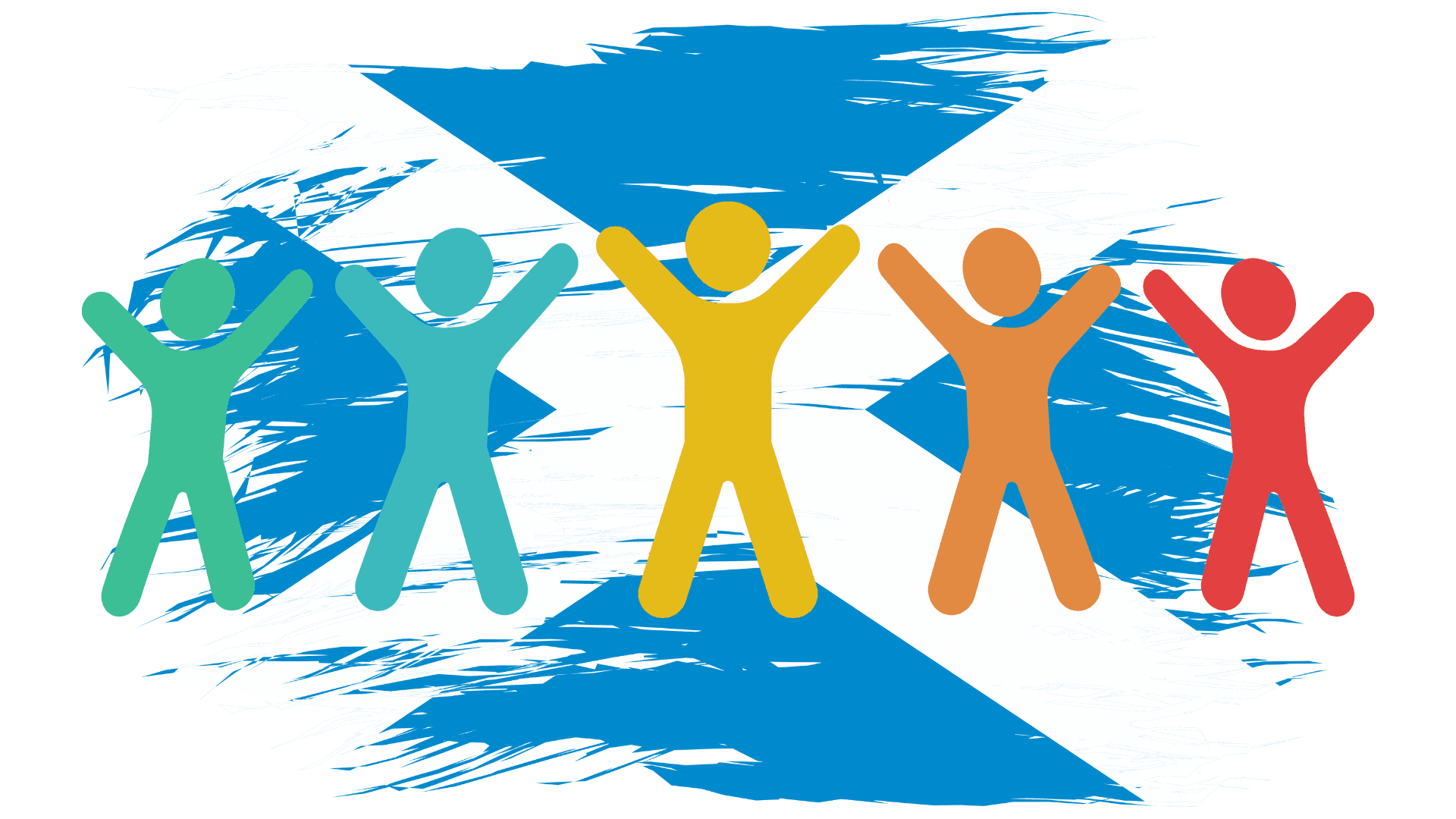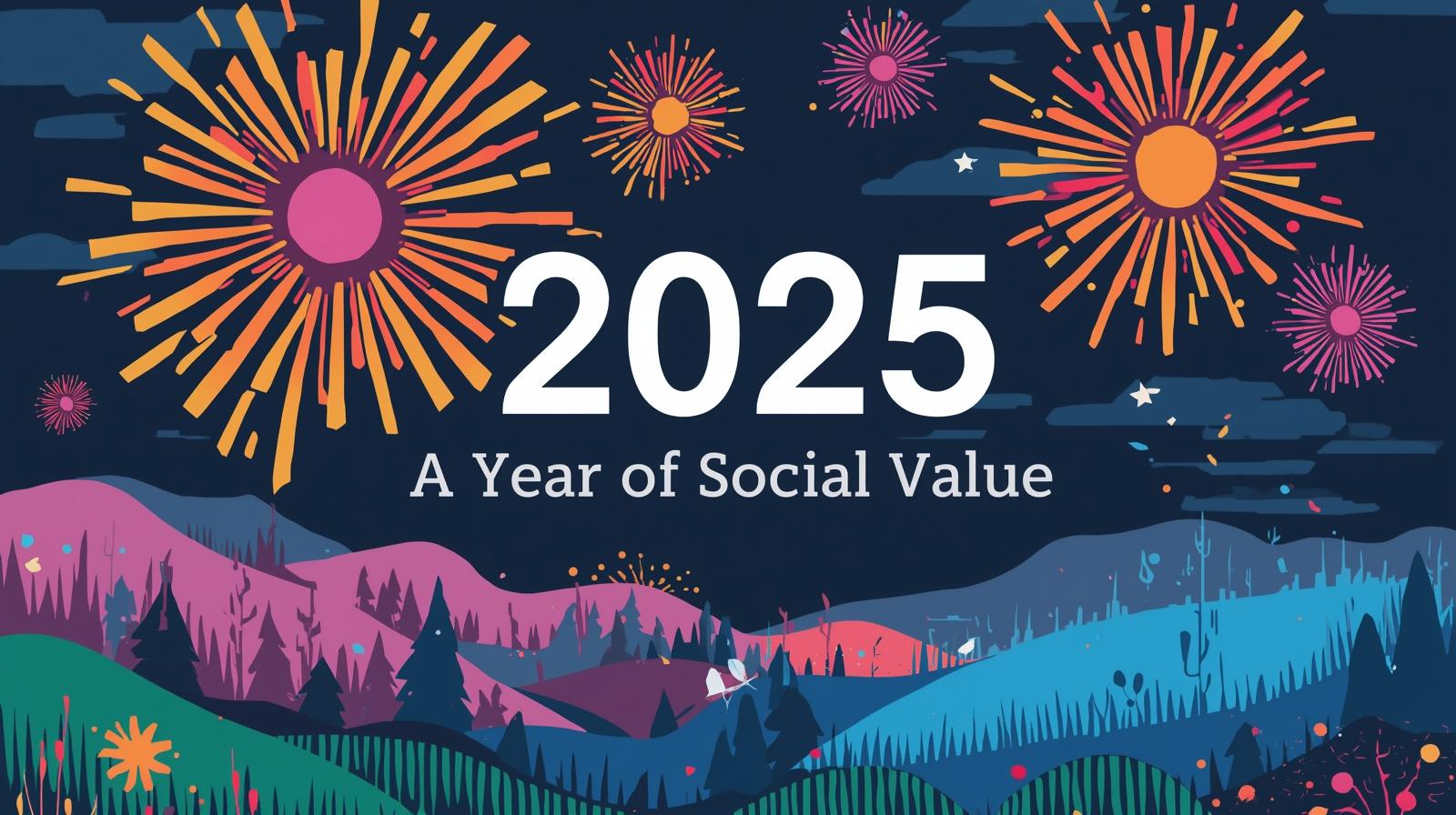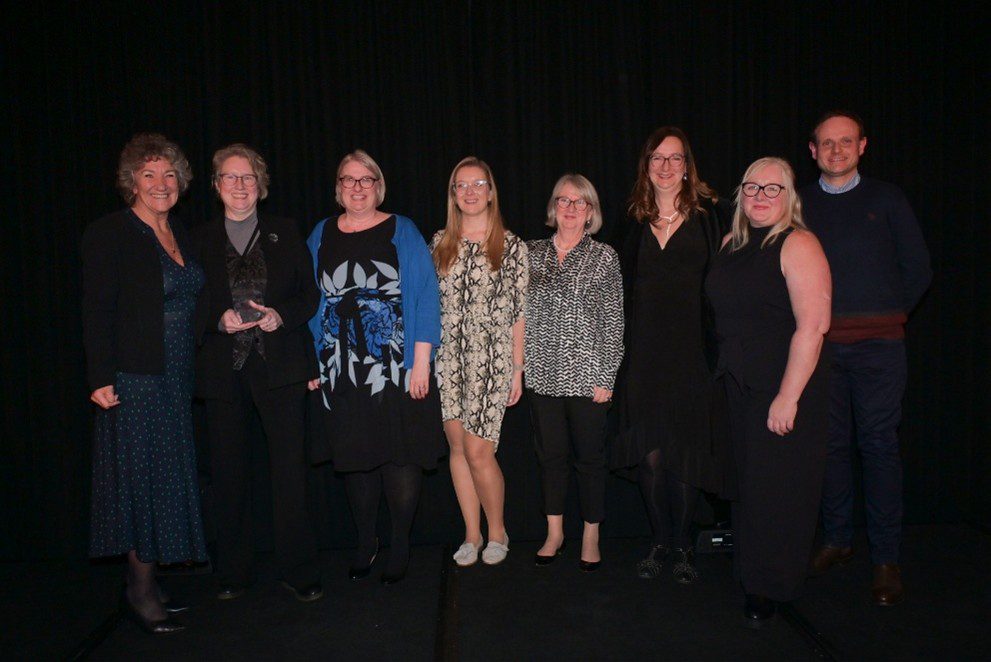Scotland’s Community Wealth Building Bill is moving through Parliament, with Stage 1 consideration due to complete by 21 November 2025. The Bill will require every local authority to work with public bodies to publish and implement Community Wealth Building action plans. That means 32 councils are each facing the same question: how do we measure wealth that doesn’t appear on a balance sheet?
The answer matters because the Bill aims to address economic and wealth inequality by facilitating and supporting the generation, circulation and retention of wealth in local and regional economies. Without robust measurement, that ambition remains abstract.
Scotland’s already building—but in 32 different directions
By March 2025, two-thirds of Scotland’s local authorities had either developed or were actively working on dedicated CWB action plans. However, Councils noted wide variations in how community benefits are being applied and tracked, leading to a desire for greater understanding of what is working well.
Queen Margaret University and East Lothian Council presented their community wealth building approach at the Local Government Improvement in Scotland conference in April 2025 as a national case study, focusing on transforming health and social care innovation. Meanwhile, North Ayrshire developed its own community wealth building approach. Falkirk Council uses participatory budgeting principles to distribute community benefits, while North Lanarkshire Council focuses on supporting the development and growth of social enterprises.
Each approach has merit. But how do you compare the social value generated by East Lothian’s carer-led enterprises against North Lanarkshire’s social enterprise support? When a procurement officer in one council wants to learn from success in another, they’re often comparing apples to oranges.
The SROI challenge: resource-intensive and inconsistent
Social Return on Investment has become the default language for measuring social value. The challenge isn’t the principle; it’s the practice.
Take a real scenario: a community retrofit project in the South of Scotland. The initiative unites six Registered Social Landlords, South of Scotland Enterprise, local authorities, academic institutions, and third-sector partners. Measuring its social value requires proxies for energy savings, health improvements from warmer homes, job creation, skills development, and carbon reduction.
If each partner organisation uses different proxies and methodologies, aggregating the total impact becomes nearly impossible. One might value a training outcome at £2,500 based on one research source, another at £3,800 based on different assumptions. Multiply this across dozens of outcomes and hundreds of projects, and you’ve got a measurement Tower of Babel.
SROI is time and resource-intensive: it is most easily used when an organisation is already measuring the direct and longer-term results of its work. For councils already stretched thin, building bespoke measurement systems from scratch isn’t just difficult—it’s often impossible.
More fundamentally, there is great variability in how SROI is applied across interventions, making robust and consistent comparisons across social ventures difficult while rendering the validity of SROI measures vulnerable to contestation. When every council creates its own proxies and frameworks, comparison becomes meaningless.
The fork in the road
The Bill will pass. Councils will need to demonstrate they’re building community wealth. When that happens, Scotland faces a choice:
Option 1: Build from scratch
Every council invests in developing measurement infrastructure. Commission consultants. Create bespoke frameworks. Assign monetary values to outcomes based on local assumptions. Invest significant staff time in maintenance and updates.
In this scenario, one could imagine a grant funder trying to assess three community food security projects—one in Orkney, one in Glasgow, one in Dumfries and Galloway. Each council has measured the outcomes differently. Orkney values a community meal at £8 per person based on local food costs. Glasgow uses £12 based on urban living costs and social isolation proxies. Dumfries has focused on nutritional outcomes and doesn’t monetise the social aspect at all. Which project delivers better value? Nobody can say.
This path leads to 32 isolated systems that can’t talk to each other. Procurement officers in Aberdeen can’t learn from what’s working in Dumfries. Grant funders assessing pan-Scotland initiatives face incompatible data. The opportunity for collective learning—the heart of community wealth building—is lost.
Option 2: Connect to Scotland’s existing network
Scotland already has shared infrastructure. The Scottish Government uses it to track Community Led Local Development (CLLD) across the country. Half of Scotland’s councils (including Highland, Fife, East Lothian, and Perth & Kinross) already work with the Social Value Engine to measure and report on their social value. They’re joined by VCSE organisations across the country as well as Development Trusts Association Scotland (DTAS), creating genuine shared learning between public and third sectors.
These organisations work within a framework that draws from over 600 curated proxies, with a Scotland-specific subset being developed that aligns with the Place Standard and UN Sustainable Development Goals.
This alignment is important. Rather than generic UK-wide measurements, Scottish councils need proxies that reflect Scottish policy priorities, Scottish economic contexts, and Scottish definitions of community wealth. When the measurement infrastructure is built around the same outcomes framework that guides national policy, local action and national strategy reinforce each other.
Here’s what that looks like in practice: when DTAS delivers community development support across multiple local authority areas, they can measure and report impact consistently. When the Scottish Government needs to demonstrate the collective social return from CLLD funding, they’re not stitching together 32 different reports—they’re looking at comparable, aggregated data on a clear dashboard that tells a coherent national story.
This isn’t theoretical: it’s operational. These organisations aren’t waiting for legislation to tell them to measure community wealth. They’re already doing it, using shared language that makes their work comparable and their learning collective.
The Bill was introduced to Parliament in March 2025, with the Scottish Government requiring Ministers to publish guidance on Community Wealth Building and local authorities to have due regard to that guidance while developing their action plans. That guidance will need to address measurement. The question is whether it encourages fragmentation or coherence.
What collaboration could look like
Real collaboration means more than working together in partnerships. It means creating the conditions where learning compounds.
When councils measure social value using a shared framework, several things become possible:
- A procurement officer in Highland Council discovers that a particular supplier engagement approach worked brilliantly in Fife—and the evidence is directly comparable, so they can adopt it with confidence
- Grant funders like the Robertson Trust or Foundation Scotland can assess applications across different regions fairly, knowing they’re comparing like with like
- Communities in North Ayrshire can see that similar initiatives in Clackmannanshire generated specific measurable outcomes, strengthening their case for local investment
- The sector as a whole develops shared intelligence about what works; not just anecdotally, but with robust evidence
The readiness advantage
Parliament has set Stage 1 completion for 21 November 2025. Stages 2 and 3 may take place in early next year, with legislation expected to pass before the next Scottish Parliament elections in May 2026. Implementation timelines will follow quickly.
Consider two scenarios:
Council A starts building measurement infrastructure now. By the time the Bill passes, they’ve already got eighteen months of data showing which interventions genuinely build community wealth. When budget conversations happen, they’ve got evidence. When local businesses ask what’s in it for them, there are numbers. When communities want to know if this is working, there’s a clear answer.
Council B waits for the Bill to pass, then scrambles to figure out measurement. They’re commissioning consultants while Council A is refining strategy based on solid evidence.
Councils that connect to existing measurement infrastructure now won’t be scrambling when the Bill passes. They’ll already be demonstrating impact, refining their approaches, and contributing to Scotland’s collective understanding of what builds community wealth.
First-mover advantage isn’t about being first. It’s about being ready when everyone else realises they need this.
See shared measurement in action
The COSLA Annual Conference takes place on 13th and 14th November at the Fairmont, St Andrews, with the theme “The Future of Localism”. As councils examine what the coming years hold for local government and place-based services, the question of how we measure community wealth sits at the heart of that conversation.
We’ll be exhibiting at the conference. Stop by our stand to see how half of Scotland’s councils are already measuring social value using shared frameworks, and how your council can connect to Scotland’s existing network before the Bill passes.
Alternatively, get in touch with our team directly to discuss what shared measurement infrastructure could look like for your local authority.


